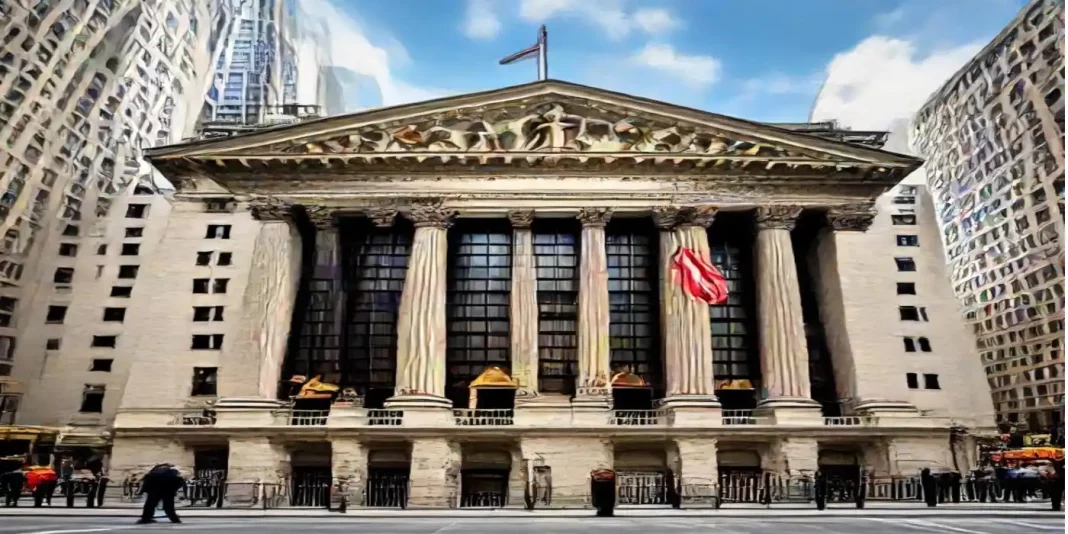The U.S. dollar has risen following the Federal Reserve’s not-so-unexpected decision to cut interest rates by 0.50% on September 18. Analysts had largely anticipated a smaller cut of 0.25%.
The rate cut wasn’t unexpected, but not like this
Before the Fed announced its interest rate decision, the CME FedWatch suggested a complete expectation of monetary easing.
Analysts were more inclined to believe that the FOMC would opt for a smaller, a 0.25% cut. Instead, the Fed surprised everyone by implementing a half-point reduction for the first time in four years.
One analyst shared on X that there are similarities between the economic indicators of 2007 and those of 2024, like unemployment rates, inflation, housing starts, and existing home sales, but he doesn’t predict a repeat of the financial crash seen in 2007.
An analysis from The Kobeissi Letter pointed out that the Fed has previously initiated rate cuts with a 50 basis point reduction in only two times, both of which led to recessions.
Also, interest rate futures suggest there could be as much as eight rate cuts in the next twelve months, a scenario not seen since 2008. Not a good outlook.
Market reactions, the situation is really that bad?
Following the announcement, stocks initially rallied but soon faced profit-taking pressure.
The Kobeissi Letter reported that if the Fed manages to avoid a recession after cutting rates by 50 basis points, it would be quite unprecedented.
Historically, bigger cuts signaled economic weakness, for example, stock markets dropped by 31% and 26% after similar cuts in 2001 and 2007.
Also worth to mention that when rate cuts begin with a smaller reduction of 25 basis points, the S&P 500 typically rises by about 10% within three months and around 15% over a year.
In contrast, starting with a larger cut of 50 basis points often leads to a decline in stocks, averaging around a 15% drop over twelve months.
What will be the rate one year from now?
Based on the sentiment, central bankers plan to lower interest rates to between 4.25% and 4.50% by the end of 2024, and they expect to implement two more cuts of 0.25% each in November and December.
By late 2025, rates could fall to around 3.4%, with four additional small cuts next year. By 2026-2027, rates might stabilize at approximately 2.9%.
The immediate market reaction to the rate cut resulted in a brief rally for stock indices like the Dow Jones and S&P 500, which reached record highs before profit-taking caused them to close lower.
The dollar gained strength due to the larger-than-expected interest rate cut.
The decision also prompted criticism from former Republican presidential candidate Ramaswamy, who questioned the Fed’s independence and the timing of the rate cut just before the upcoming November elections.


